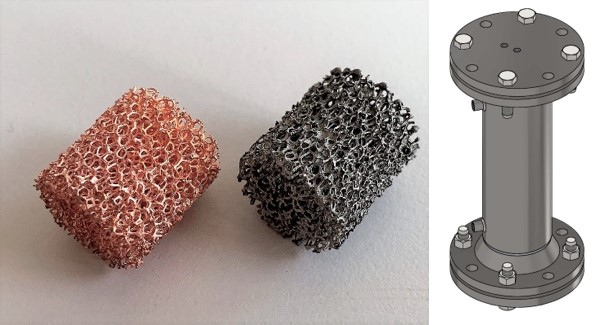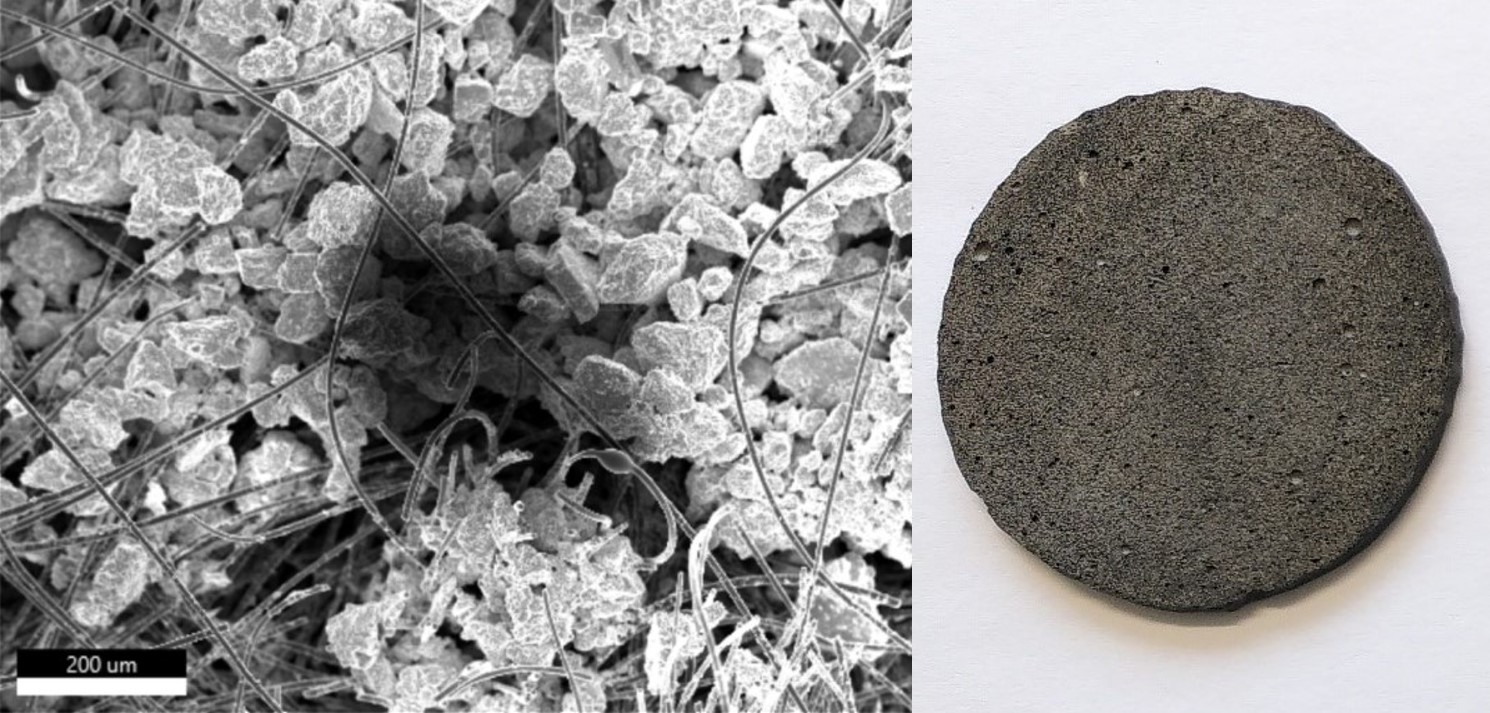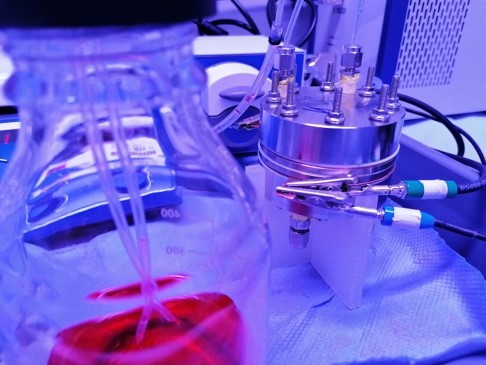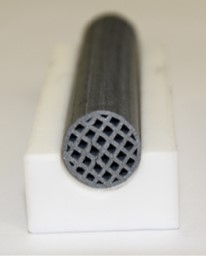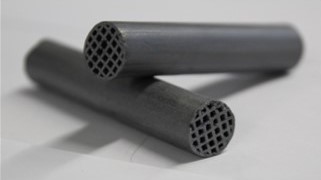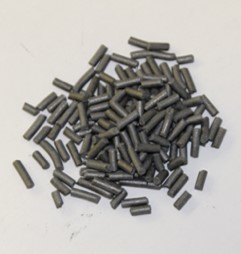In the technology field of green monomers, two parallel technology pathways are being developed for the resource- and energy-efficient synthesis of butadiene from bioethanol. This is achieved using a novel, efficiently controllable ohmic reactor and innovative, inductively heatable catalyst structures. Furthermore, the electrochemical hydrogenation of dialdehydes or dicarboxylic acids - obtained from renewable raw materials - will be established. Both suitable catalysts and customized processes will be implemented and evaluated.
Defossilizing production chains and establishing a circular, greenhouse-gas-neutral conversion of materials and energy: the chemical industry has set itself ambitious goals in terms of sustainability. Specifically, we want to show that sustainable, green chemistry is possible through practical technological innovations. Based on the internationally recognized "12 Principles of Green Chemistry", we aim to jointly develop new methods and technologies for a sustainable chemical industry. The application of the new technologies and methods will be demonstrated on a technical scale, addressing different chemical product lines. The subproject on green monomers aims to establish energy-efficient syntheses of monomers from non-fossil raw materials in innovative processes. Researchers are focusing on four complementary areas: (1) synthesis, reaction and catalysis technology, (2) continuous processes, and process engineering, (3) modeling, simulation and process optimization, and (4) digitalization and automation, which will be combined to form two demonstrator systems for a production of 1,3-butadiene from ethanol, and of dialcohols from renewable feedstocks, via electrochemical routes. The processes follow the path from green raw materials to green process management and green products. The development of both processes is closely accompanied by life-cycle assessments and system analyses as well as REACh assessments and (eco)toxicity predictions.
 Fraunhofer lighthouse project »ShaPID« – Shaping the Future of Green Chemistry by Process Intensification and Digitalization
Fraunhofer lighthouse project »ShaPID« – Shaping the Future of Green Chemistry by Process Intensification and Digitalization
